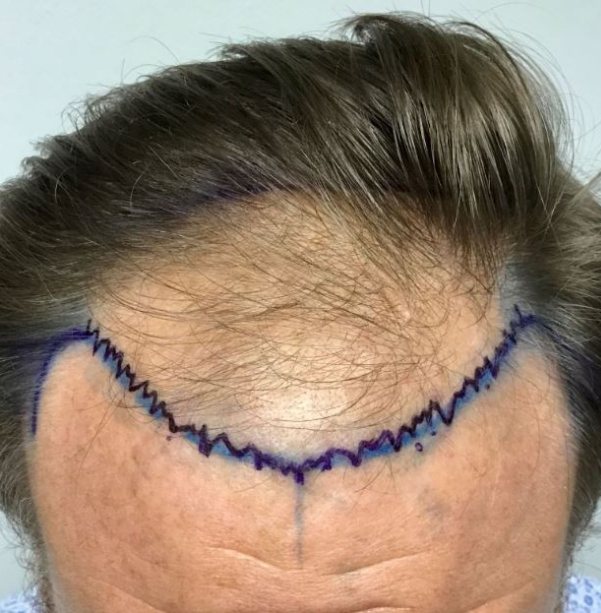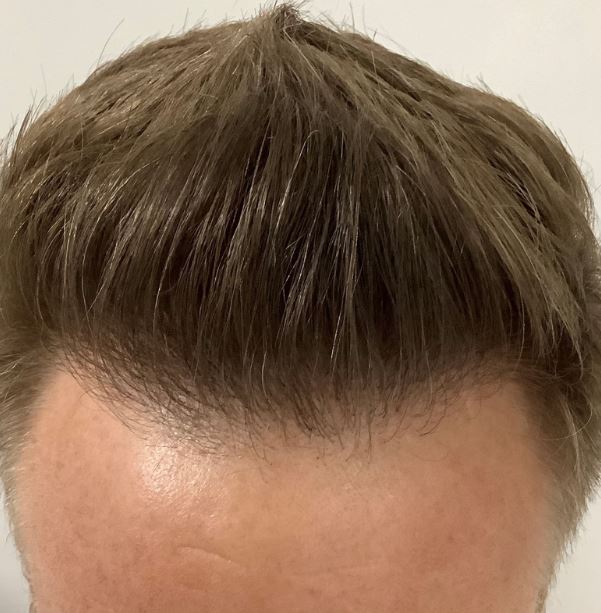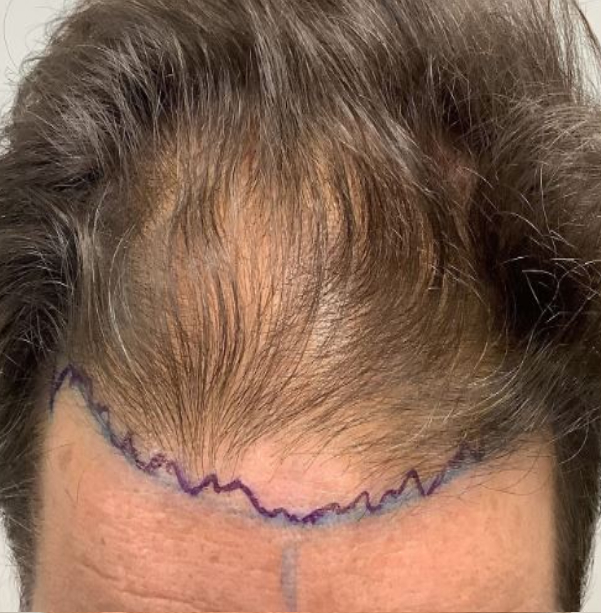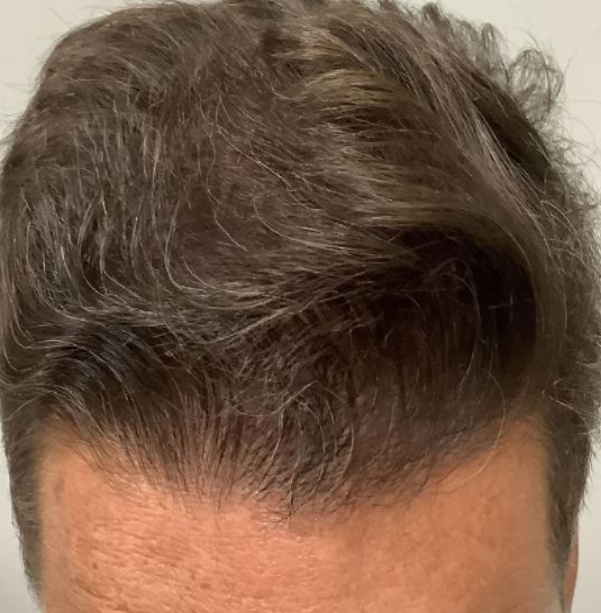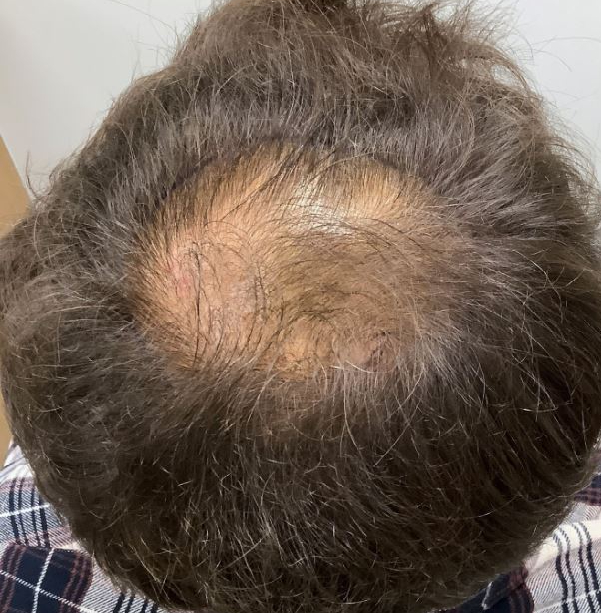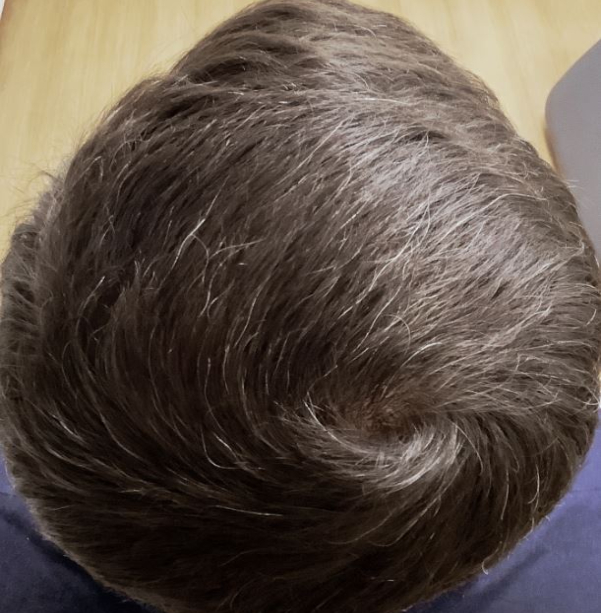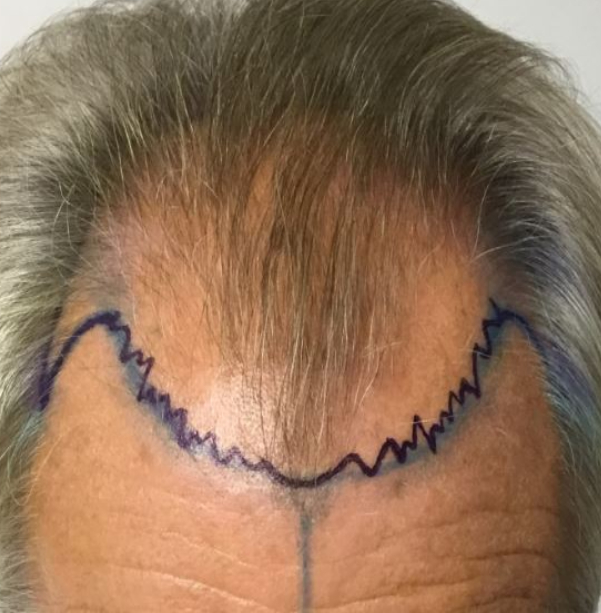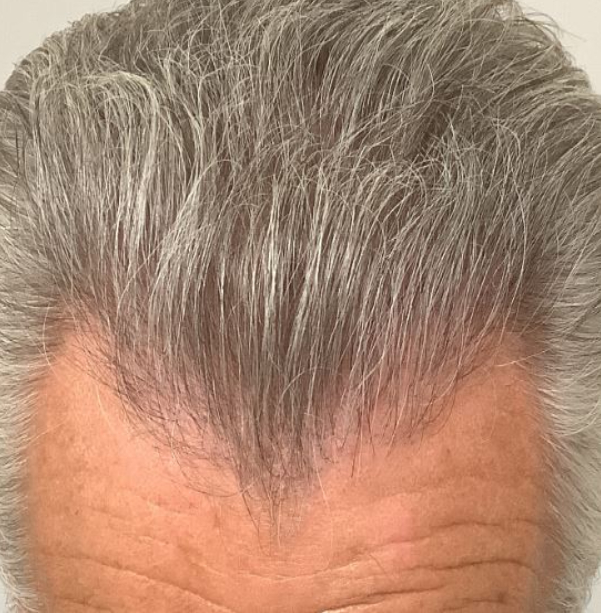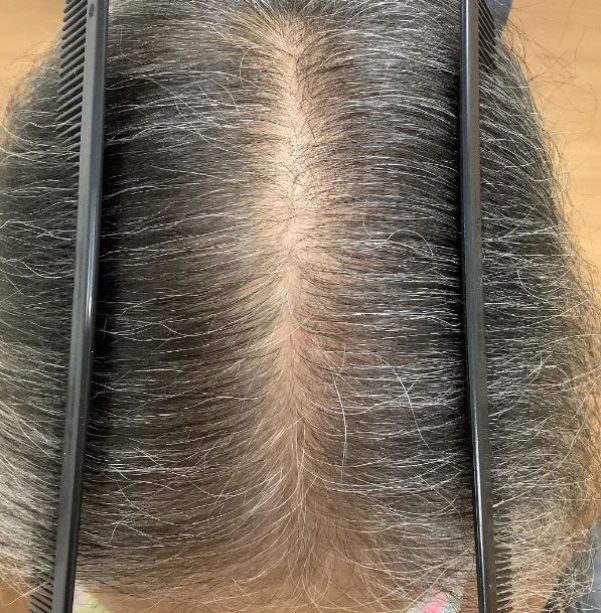Surgical Enhancements
Hypothermosol Improved Follicle Survival for Best Results
Donor follicles, once harvested, must be maintained in a viable state until they can be re-implanted in the recipient area; and the entire process (at times involving up to 2,500 follicles) must take place within hours. The standard solution which has been used to hold follicular grafts during surgery is normal saline. Although this method has been effective, we now utilize a scientifically advanced product called Hypothermosol which is similar to the solutions that are used to preserve organs for transplantation and is designed for cell and tissue preservation.

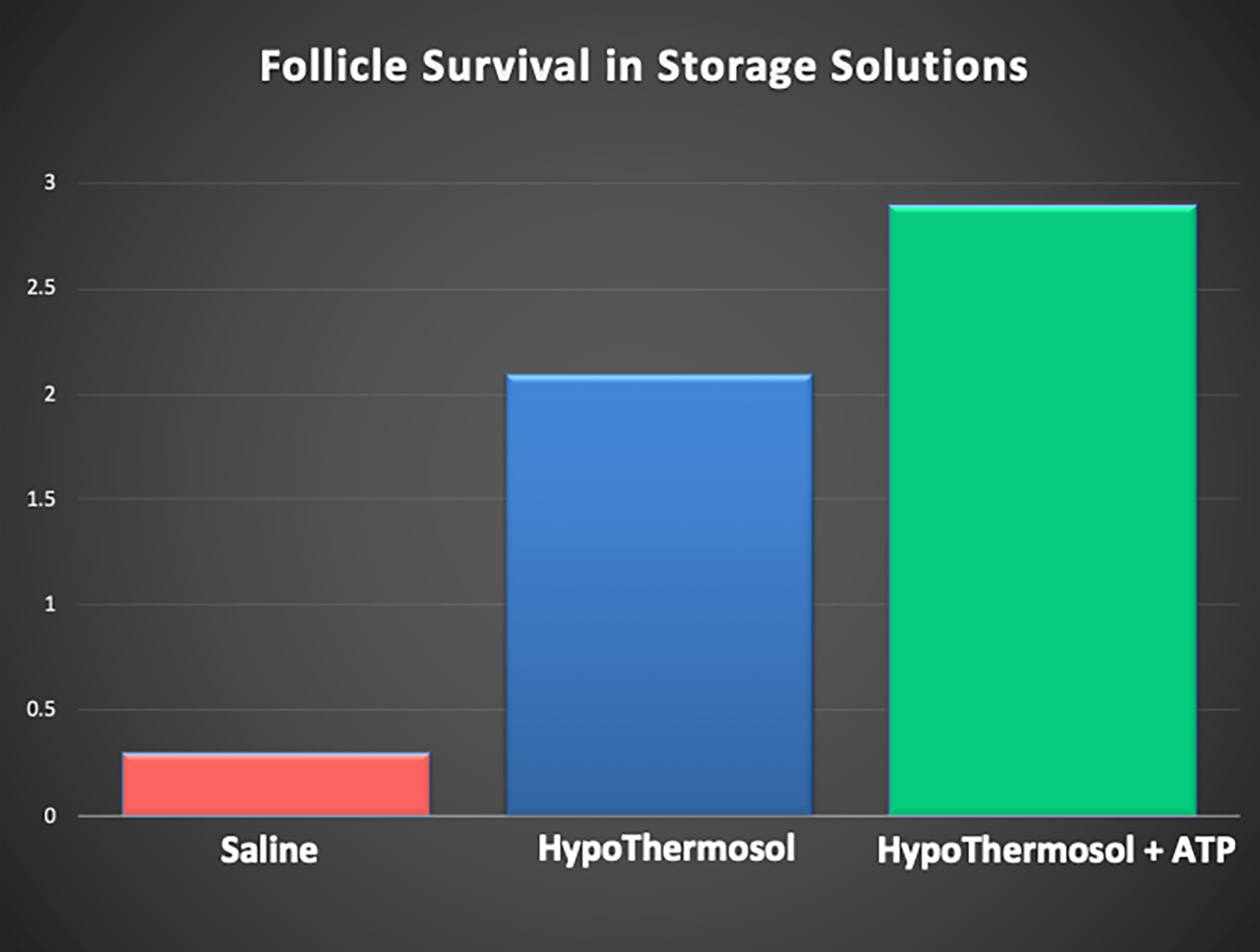
Hypothermosol contains energy sources, osmotic stabilizers and free oxygen radical scavengers and mimics the intracellular environment therefore minimizing stress injury that follicles endure during the “out-of-body-time” involved in the transplant process.
In our experience, the use of Hypothermosol has increased the percentage of follicle growth while at the same time, producing earlier growth than what we were getting with standard methods.
Our own published research (see figure on right) shows that donor follicles kept in Hypothermosol develop protection from cell death which is not seen in follicles kept in normal saline. In addition to hypothermosol we add ATP, which is natures energy source to further boost follicle survival.
PLATELET RICH PLASMA (PRP)
PRP is prepared by drawing the patient’s own blood at the time of the transplant procedure. It concentrates platelets which have growth and healing factors. These factors will enhance healing and aid hair growth. Studies have shown that PRP decreases redness and crusting following transplantation and improves the percentage of growth of transplanted follicles.
We recommend PRP for all procedures but particularly for patients who have had previous transplants.

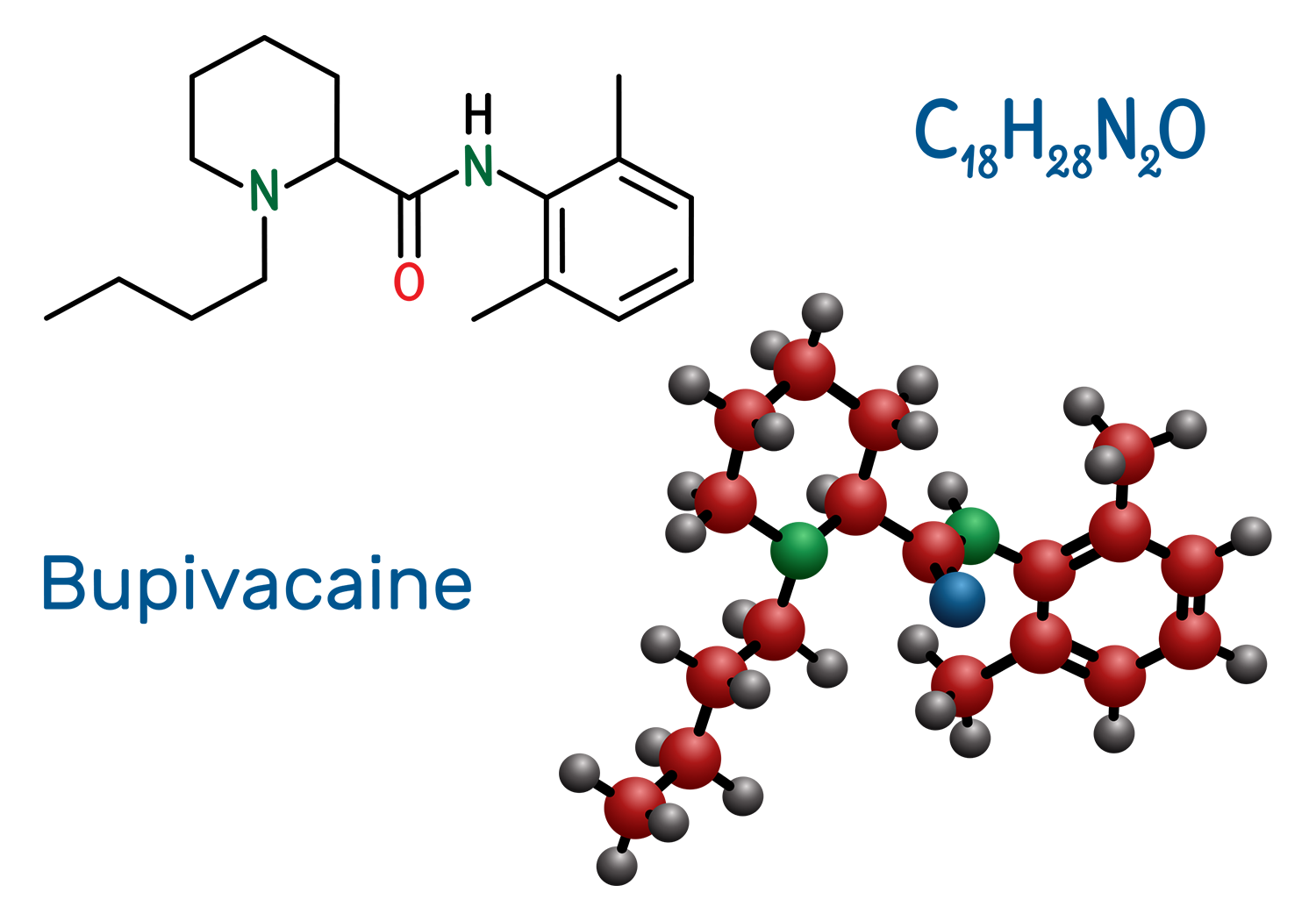
EXPAREL
Although the vast majority of our patients experience very little discomfort and require pain medication only during the first 24 hours post-op, we are always looking to improve the patient experience.
Exparel is a new long-lasting local anesthetic composed of liposomal bupivacaine, which acts in a timed-release manner to control donor area pain for up to 48 hours.
We have developed a technique utilizing non-invasive ultrasound techniques to direct where the Exparel is administered and most patients experience minimal post-operative pain for up to 48 hours.


